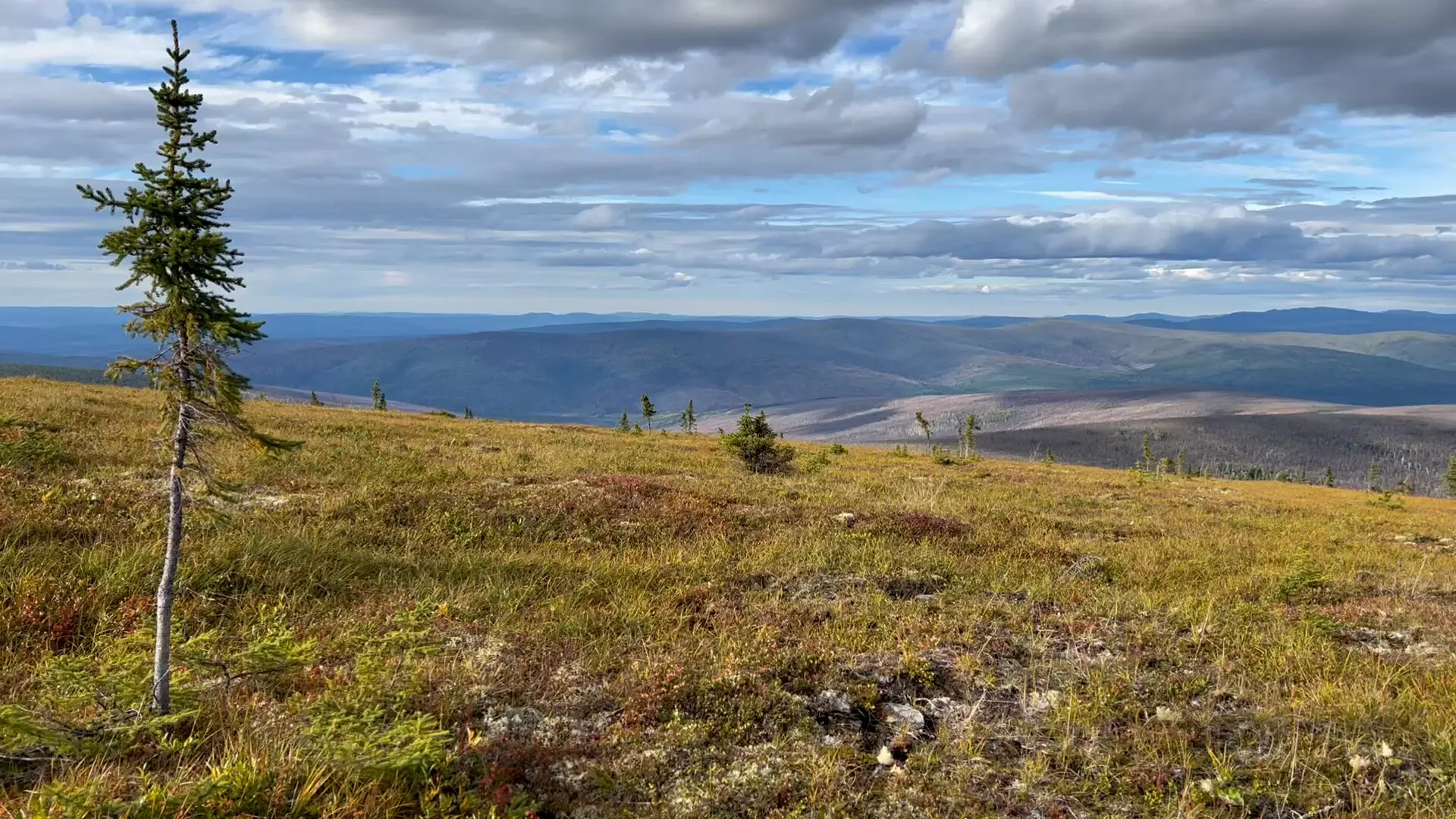As the global temperatures continue to rise, the far north is undergoing significant ecological transformations that could redefine its landscapes for generations. This shift is particularly evident in the boreal forests and tundra regions, where data from various NASA-led studies point to burgeoning vegetative growth and increased biodiversity. By analyzing vast datasets from advanced satellite missions such as ICESat-2 and Landsat, researchers are painting a more complex picture of how these Northern ecosystems will respond to ongoing climate variations.
Boreal forests, located in the latitudes of 50 to 60 degrees north, extend across key parts of Alaska, Canada, Scandinavia, and Russia. Predominantly dominated by evergreens like pine, spruce, and fir, these regions possess a unique ecological character. In contrast, the tundra, characterized by its permafrost and a shorter growing season, has historically struggled to sustain large tree populations. The shift in vegetation structure suggests that these distinctions are becoming less clear, as shrubs and trees push further northward into traditional tundra territories.
The findings indicate that the boundary between the boreal forest and tundra is not only becoming more dynamic but that the intricacies of this transition hold implications for the global environment. Paul Montesano, a key author of the research, emphasized the importance of these shifts as they reflect broader trends in climate impacts across ecosystems.
The remarkable advancements in satellite technology enable scientists to track changes in vegetation and anticipate future trends. A combination of nearly 20 million data points from the ICESat-2 mission and extensive Landsat imagery from 1984 to 2020 has allowed researchers to create predictive models. The methodology employed by these scientists illustrates the power of “big data” in environmental research. By harnessing machine learning and extensive climate modeling, they have projected that this rising vegetative growth will continue well into the next 80 years.
In tandem with rising temperatures, the study identifies a positive correlation between these trends and the overall height of vegetation in transitional forest regions. Chris Neigh, another contributor to the study, notes how this burgeoning growth could absorb additional carbon dioxide (CO2), potentially mitigating some effects of greenhouse gas emissions. While it presents a hopeful counterbalance, the burgeoning life in these landscapes carries risks, particularly in terms of carbon release from permafrost.
Despite the potential benefits of increased carbon absorption through enhanced vegetation, there are considerable hazards linked to the alteration of these ecosystems. Warmer temperatures and changing landscapes could precipitate melting permafrost, leading to the release of ancient carbon stores in the form of CO2 and methane. This phenomenon could create a vicious cycle, wherein the warming climate further promotes carbon emissions, undermining efforts to combat climate change.
Researchers have noted that as darker vegetation takes hold, it may absorb more sunlight, leading to a gradual warming of the soil and, consequently, more extensive permafrost melting. This feedback loop complicates the narrative of growth and resilience among northern ecosystems, as environmental changes might echo through various layers of the climate system, causing unintended consequences.
The data presented in the NASA study illuminates the intricate connections between climate dynamics and ecological responses in the boreal forests and tundra regions. The evolution of these landscapes signifies not just a minor shift in vegetation but heralds a transformative epoch in ecological history. Future climate scenarios, shaped by both natural and anthropogenic factors, will determine the severity and pace of these transitions.
As we further explore and understand the impacts of warming conditions in these delicate areas, a greater emphasis on integrated conservation efforts becomes crucial. Protecting the vitality of these ecosystems is not solely a matter of preserving biodiversity; it’s also about safeguarding our planet’s climate health as we navigate the challenges posed by an ever-evolving environment. The path forward must include a commitment to sustainable practices that acknowledge the delicate balance of life in the far reaches of our planet while striving to mitigate the impactful changes unfolding before us.


Leave a Reply